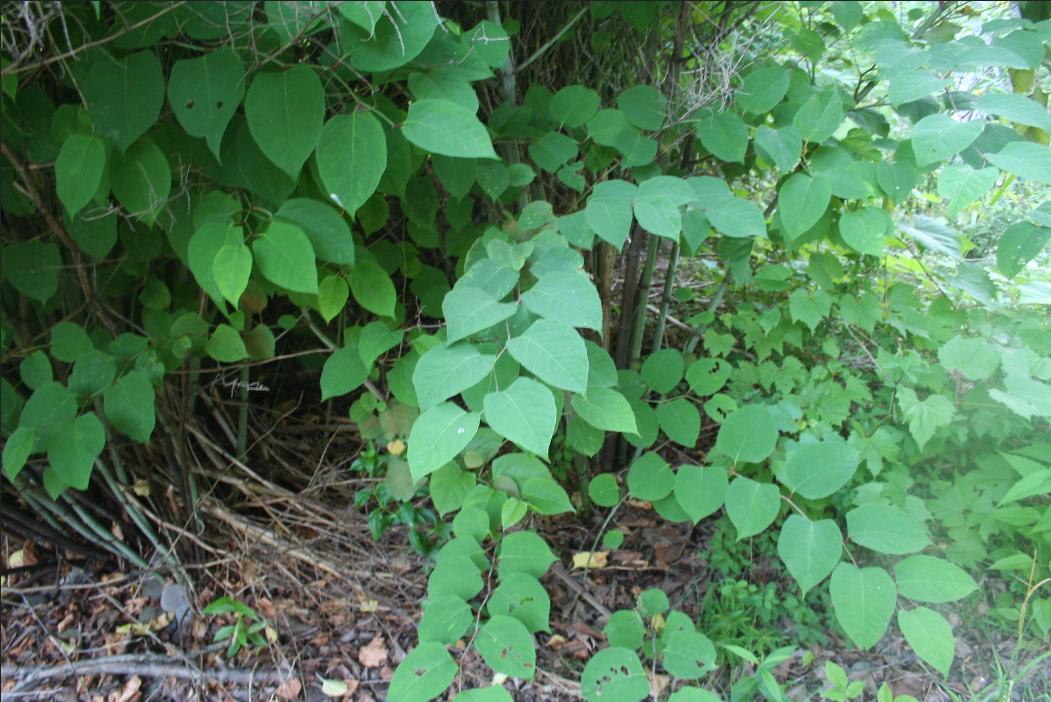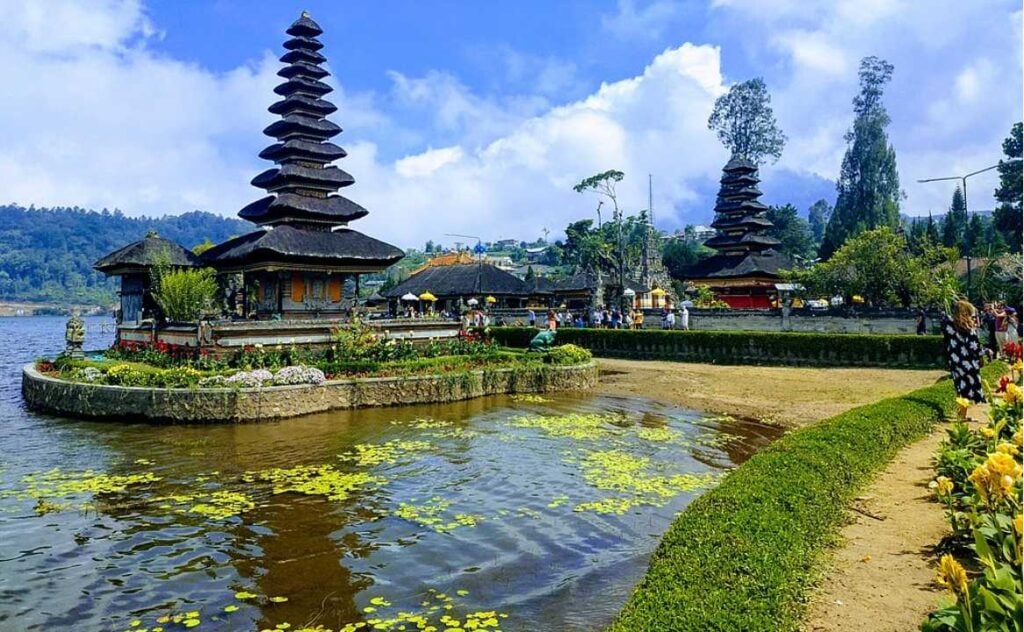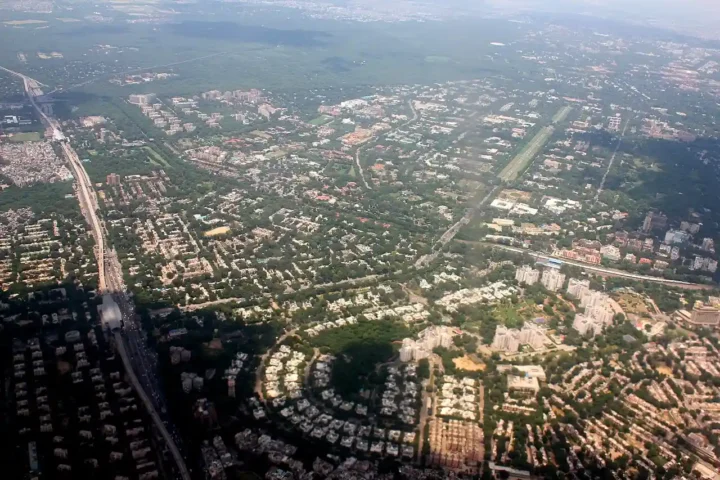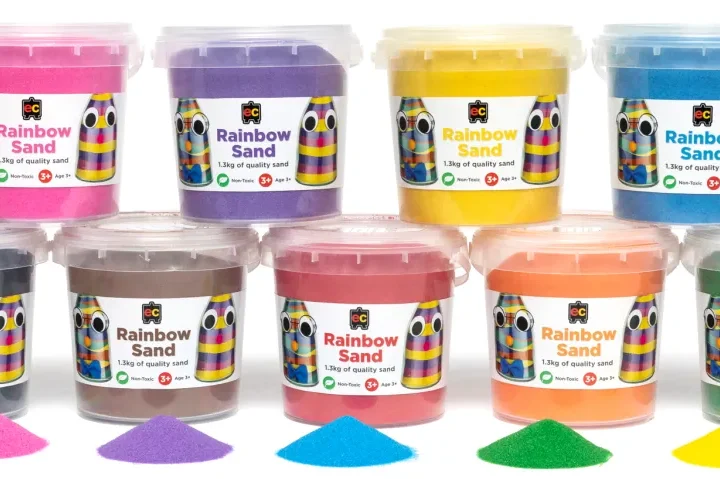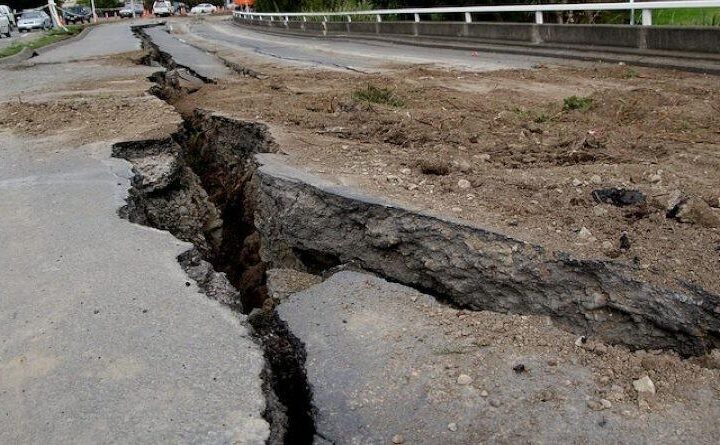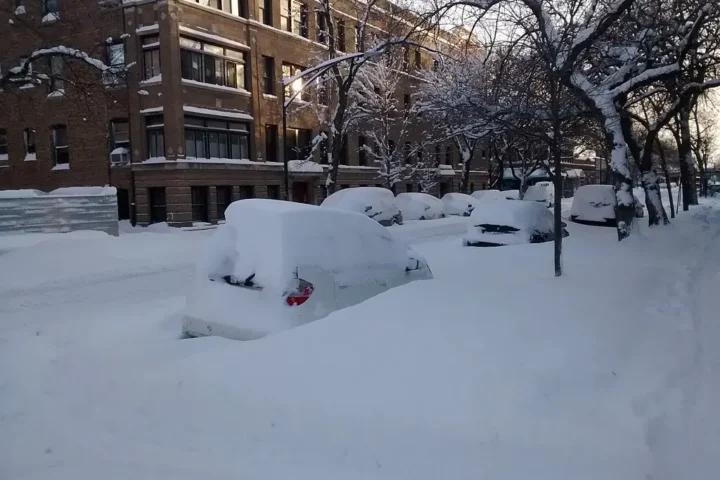The recent mix of sunshine and rain across Britain has created perfect conditions for one of the country’s most destructive plants. Japanese knotweed is now experiencing what experts call “super growth” – and it’s causing serious headaches for homeowners everywhere.
This invasive plant might look harmless with its heart-shaped leaves and bamboo-like stems, but it’s anything but innocent. The combination of warm soil from recent sunny weather and fresh rainfall has given Japanese knotweed exactly what it needs to spread rapidly across gardens and properties.
Property expert Terry Fisher warns homeowners about the scale of this problem. The plant grows relentlessly fast and can cause significant damage to nearby structures. Its powerful root system, called rhizomes, can push through asphalt and other surfaces, damage foundations, and even crack walls and paving stones.
What makes Japanese knotweed particularly troublesome is how it affects property values. Studies show that having this plant in your garden can reduce your home’s value by up to 15%. The financial impact goes beyond property values. Getting a mortgage on a house with Japanese knotweed is extremely difficult. Most banks won’t lend money until the problem is professionally treated with an insurance-backed guarantee.
Homeowners face legal responsibilities that come with Japanese knotweed. If the plant spreads from your property to a neighbor’s land, you could face a private nuisance claim. Recent court cases have established that property owners can be held liable for damages and reduced property values.
The plant’s identification features make it relatively easy to spot. In spring, pink buds produce red-purple shoots that grow into distinctive bamboo-like stems reaching about two meters tall. The stems have a speckled red-purple color and produce spade-shaped green leaves in a zigzag pattern. During late summer, clusters of cream-white flowers appear at the stem tips.
Similar Posts
Underground, the root system shows this plant’s destructive power. The rhizomes resemble tree roots but have orange coloring under their dark brown outer layer. Even tiny fragments can grow into new plants.
Treatment requires professional intervention and often involves specialized herbicides or complete excavation of contaminated soil. The excavated material must be disposed of at licensed facilities as controlled waste.
The legal framework adds complexity. Under the Wildlife and Countryside Act 1981, it’s an offense to plant or cause the plant to grow in the wild. The Environmental Protection Act 1990 classifies Japanese knotweed and contaminated soil as controlled waste.
When selling a property, homeowners must declare Japanese knotweed presence on the TA6 Property Information Form. Failure to disclose this information can lead to legal action for misrepresentation.
Local authorities can issue Community Protection Notices forcing landowners to control Japanese knotweed if it impacts local amenity. Non-compliance results in fines of £2,500 for individuals and £20,000 for organizations.
The most important advice for homeowners is simple – don’t attempt DIY removal. Cutting, digging, or disturbing Japanese knotweed without proper knowledge often makes the problem worse by spreading root fragments to new areas. Professional treatment with guaranteed results is the only reliable solution.

First introduced to Britain in the 19th century as an ornamental plant, Japanese knotweed is now listed as an invasive non-native species. The Royal Horticultural Society explains that its persistent strong-growing root system allows it to outcompete other plants and cause damage to hard surfaces.
The current weather conditions mean homeowners need to stay vigilant. Japanese knotweed typically grows from spring onwards each year, so early identification and professional treatment remain the best defense against this destructive plant.
